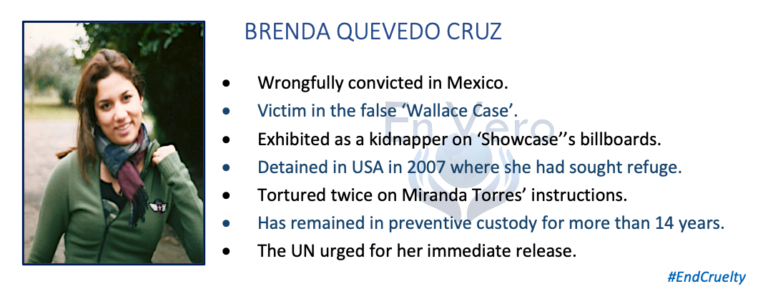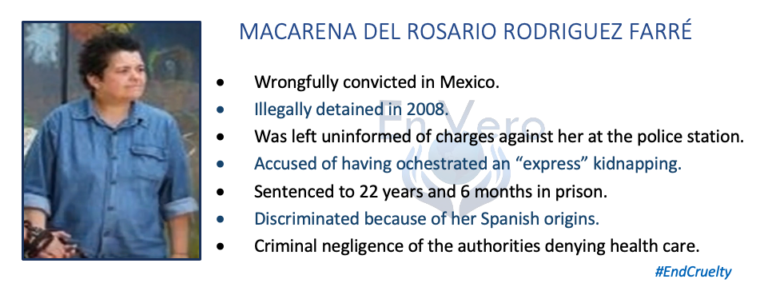Source: New York Times
Author: Caitlin Dickerson
Sept. 15, 2018
Detention of Migrant Children Has Skyrocketed to Highest Levels Ever
Even though hundreds of children separated from their families after crossing the border have been released under court order, the overall number of detained migrant children has exploded to the highest ever recorded — a significant counternarrative to the Trump administration’s efforts to reduce the number of undocumented families coming to the United States.
Population levels at federally contracted shelters for migrant children have quietly shot up more than fivefold since last summer, according to data obtained by The New York Times, reaching a total of 12,800 this month. There were 2,400 such children in custody in May 2017.
The huge increases, which have placed the federal shelter system near capacity, are due not to an influx of children entering the country, but a reduction in the number being released to live with families and other sponsors, the data collected by the Department of Health and Human Services suggests. Some of those who work in the migrant shelter network say the bottleneck is straining both the children and the system that cares for them.
Most of the children crossed the border alone, without their parents. Many are teenagers from Central America, and they are housed in a system of more than 100 shelters across the United States, with the highest concentration near the southwest border.
The new data was reported to members of Congress, who shared it with The Times. It shows that despite the Trump administration’s efforts to discourage Central American migrants, roughly the same number of children are crossing the border as in years past. The big difference, said those familiar with the shelter system, is that red tape and fear brought on by stricter immigration enforcement have discouraged relatives and family friends from coming forward to sponsor children.
Shelter capacities have hovered close to 90 percent since at least May, compared to about 30 percent a year ago. Any new surge in border crossings, which could happen at any time, could quickly overwhelm the system, operators say.Shelter capacities have hovered close to 90 percent since at least May, compared to about 30 percent a year ago. Any new surge in border crossings, which could happen at any time, could quickly overwhelm the system, operators say.
“The closer they get to 100 percent, the less ability they will have to address anything unforeseen,” said Mark Greenberg, who oversaw the care of migrant children for the Health and Human Services Department under President Barack Obama.
“Even if there’s not a sudden influx, they will be running out of capacity soon unless something changes.”
The administration appeared to move to address that on Tuesday, when it announced that it will triple the size of a temporary “tent city” in Tornillo, Tex., to house up to 3,800 children through the end of the year. Immigrant advocates and members of Congress reacted to the news with distress, because conditions are comparatively harsh in such large overflow facilities, compared with traditional shelters.
Facilities like the one in Tornillo are also more expensive to operate, according to Representative Rosa DeLauro of Connecticut, the ranking Democrat on the House Appropriations subcommittee that funds the shelter program. She said such facilities cost about $750 per child per day, or three times the amount of a typical shelter.
“You are flying in the face of child welfare, and we’re doing it by design,” Ms. DeLauro said.
“You drive up the cost and you prolong the trauma on these children.”
Federal authorities said they were dealing with high levels of illegal border crossings and requests for asylum.
“The number of unaccompanied alien children apprehended are a symptom of the larger issue of a broken immigration system,” Evelyn Stauffer, press secretary for the Department of Health and Human Services, said in a statement.
“That is why H.H.S. joins the president in calling on Congress to address this broken system and the pull factors that have led to increasing numbers at the U.S. border.”
The system for sheltering migrant children came under scrutiny this summer, when more than 2,500 children who were separated from their parents were housed in federally contracted shelters under the Trump administration’s zero tolerance border enforcement policy. But those children were only a fraction of the total number of children who are currently detained.
Historically, children categorized as “unaccompanied” have been placed with sponsors, such as parents already in the United States, extended family members or family friends, as soon as the sponsors can be vetted by federal authorities. But the new data shows that the placement process has slowed significantly. Monthly releases have plummeted by about two-thirds since last year.
The delays in vetting sponsors relate, in part, to changes the Trump administration has made in how the process works. In June, the authorities announced that potential sponsors and other adult members of their households would have to submit fingerprints, and that the data would be shared with immigration authorities.
Traditionally, most sponsors have been undocumented themselves, and therefore are wary of risking deportation by stepping forward to claim sponsorship of a child. Even those who are willing to become sponsors have had to wait months to be fingerprinted and otherwise reviewed.
Federal officials say their vetting procedures are designed to safeguard the children in their care.
“Children who enter the country illegally are at high risk for exploitation by traffickers and smugglers,” Ms. Stauffer said in her statement.
But the longer children are detained, the more anxious and depressed they are likely to become, according to Mr. Greenberg, who oversaw the program under Mr. Obama. When that happens, children may try to harm themselves or escape, and can become violent with the staff and with one another, he said.
Stories of such behavior have emerged through reporting in recent months as the shelter system has faced intense criticism by members of Congress and the public.
“Being in congregate care for an extended period of time is not a good thing. It increases the likelihood of things going wrong,” Mr. Greenberg said.
The administration funneled children who were separated from their parents into the shelter system this summer under the earlier policy, without any apparent collaboration with the officials who oversee the shelter program.
The separated children injected a new degree of chaos into the facilities, according to several shelter operators, who spoke anonymously because they are barred by the government from speaking to the news media. The children were younger and more traumatized than those the shelters were used to dealing with, and they arrived without a plan for when they could be released or to whom.
But the system had already been overwhelmed for months, operators said, as children continued to flow in while fewer were being discharged.
The shelter system has overflowed before. In 2014, when unaccompanied children flooded across the border in unprecedented numbers, a lack of shelter space led to a backup of children at the border in what authorities referred to at the time as a humanitarian crisis.
Since then, new facilities have been constructed or arranged by contract — and they are now nearing capacity.
Caitlin Dickerson
New York Times




